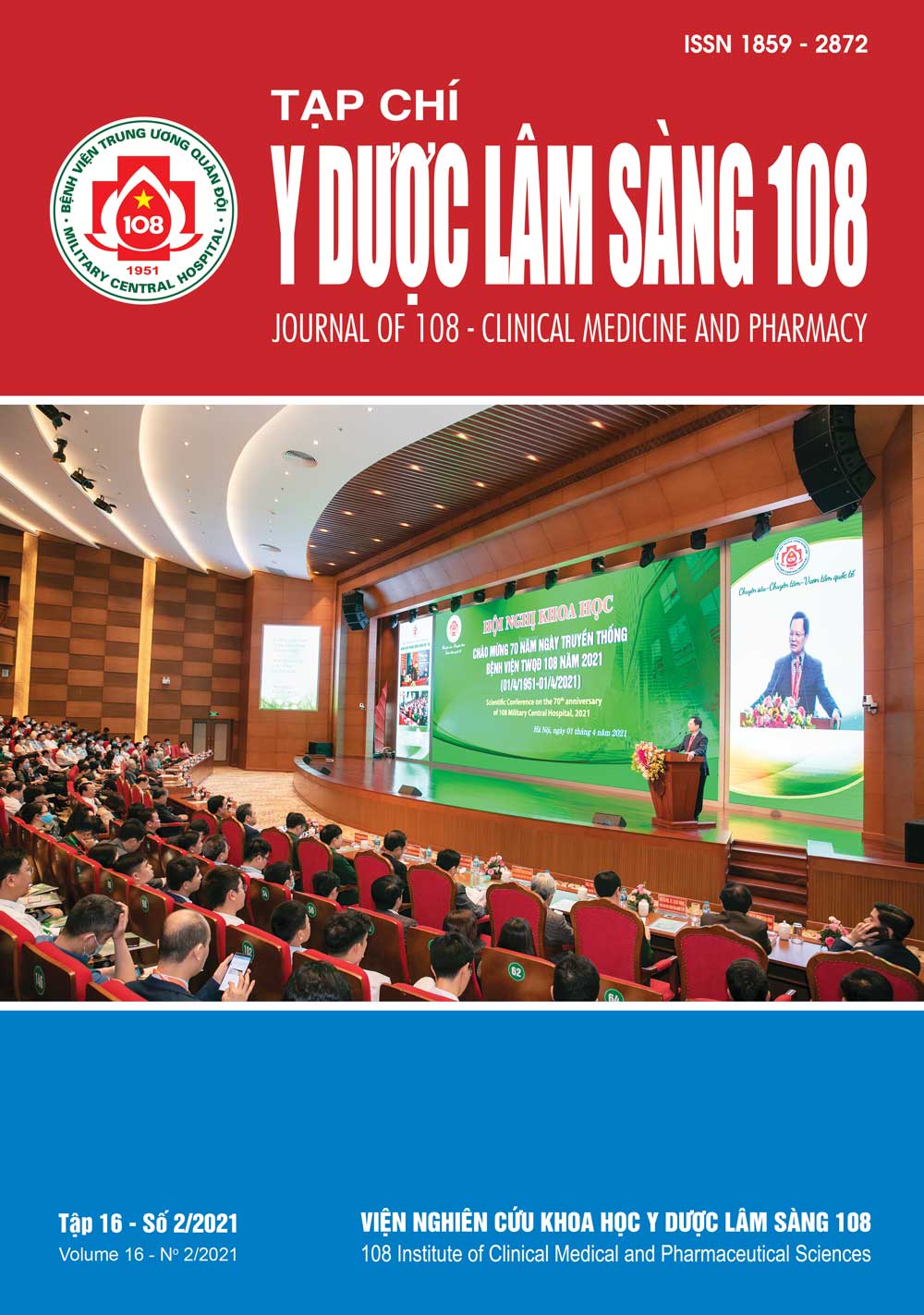Management of duodenal perforation due to biliary stent migration by endoscopic closure: A case report
Main Article Content
Keywords
Duodenal perforation, migrated biliary stent, endoscopic closure, endoclip
Abstract
Duodenal perforation due to biliary stent migration is rare, and it often requires surgical repair, however, endoscopic closure has recently become a viable option in the appropriate patients. We present the case of a 44-year-old male who underwent biliary stent placement for a cholangiocarcinoma, who subsequently was found to have duodenal wall perforation secondary to stent migration. The stent was extracted endoscopically with succesful defect closure using hemoclips. The post endoscopic evolution was favorable. He was discharged at the 10th post endoscopic day.
Article Details
References
1. Baron et al (2000) Hemoclip repair of a sphincterotomy-induced duodenal perforation. Gastro intestinal endoscopy 52: 566-568. DOI: 10.1067/mge2000.107212.
2. Binmoellin KF et al (1993) Endoscopic closure of a perforation using metallic clips after a snare excision of a gastric leiomyoma. Gastrointest Endoscopy 39: 172-174.
3. Samson F (2018) Primary endoscopic closure of duodenal perforation secondary to biliary stent migration: A case report and literature. Journal of Investigative Medicine High Impact Case Reports 6: 1-3. DOI: 10.1177/2324709618792031.
4. Issa H (2013) Migration of a biliary stent causing duodenal perforation and biliary peritonitis. World Journal of Gastrointestinal Endoscopy 5(10): 523 -526. ISSN: 1948-5190. DOI: 10.4253/wjge. v5.i10.523.
5. Zein Mohamad H et al (2014) Duodenal perforation as a consequence of biliary stent migration can occur regardless of stent type of duration. Endoscopy 46: 281-282, ISSN 0013-726X. DOI: 10.1055/s-0034-1365790.
6. Polydorous A (2011) A tailored approach to the management of perforation following endoscopic retrograde cholangio-pancreatography & sphincterotomy. J Gastro intest surg 15: 2111-2117. DOI: 10.1007/S11605-011-1723-3.
7. Roses LL et al (2000) Clip closure of a duodenal perforation secondary to a biliary stent. Gastrointestinal Endoscopy 51(4-1): 487-489. DOI: 10.1067/mge2000.104403.
8. Saranga Bharathi R (2006) Latrogenic duodenal perforation caused by endoscopy biliary stentinh and stent migration: An update. Endoscopy 38(12): 1271-1274, ISSN 0013-726X. DOI: 10.1055/s-2006-944960.
9. Yagnik VD (2018) Duodenal perforation secondary to migrated Biliary Stent: A rare and serious complication of Endoscopic Retrograde Cholangiopancreatography. Journal of Digestive Endoscopy 9: 193-195. DOI: 10.4103/jde.JDE_83_17.
10. Yapraz et al (2008) Biliary Stent migration with duodenal perforation. The Eurasian Journal of Medicine 40: 156-158.
2. Binmoellin KF et al (1993) Endoscopic closure of a perforation using metallic clips after a snare excision of a gastric leiomyoma. Gastrointest Endoscopy 39: 172-174.
3. Samson F (2018) Primary endoscopic closure of duodenal perforation secondary to biliary stent migration: A case report and literature. Journal of Investigative Medicine High Impact Case Reports 6: 1-3. DOI: 10.1177/2324709618792031.
4. Issa H (2013) Migration of a biliary stent causing duodenal perforation and biliary peritonitis. World Journal of Gastrointestinal Endoscopy 5(10): 523 -526. ISSN: 1948-5190. DOI: 10.4253/wjge. v5.i10.523.
5. Zein Mohamad H et al (2014) Duodenal perforation as a consequence of biliary stent migration can occur regardless of stent type of duration. Endoscopy 46: 281-282, ISSN 0013-726X. DOI: 10.1055/s-0034-1365790.
6. Polydorous A (2011) A tailored approach to the management of perforation following endoscopic retrograde cholangio-pancreatography & sphincterotomy. J Gastro intest surg 15: 2111-2117. DOI: 10.1007/S11605-011-1723-3.
7. Roses LL et al (2000) Clip closure of a duodenal perforation secondary to a biliary stent. Gastrointestinal Endoscopy 51(4-1): 487-489. DOI: 10.1067/mge2000.104403.
8. Saranga Bharathi R (2006) Latrogenic duodenal perforation caused by endoscopy biliary stentinh and stent migration: An update. Endoscopy 38(12): 1271-1274, ISSN 0013-726X. DOI: 10.1055/s-2006-944960.
9. Yagnik VD (2018) Duodenal perforation secondary to migrated Biliary Stent: A rare and serious complication of Endoscopic Retrograde Cholangiopancreatography. Journal of Digestive Endoscopy 9: 193-195. DOI: 10.4103/jde.JDE_83_17.
10. Yapraz et al (2008) Biliary Stent migration with duodenal perforation. The Eurasian Journal of Medicine 40: 156-158.
 ISSN: 1859 - 2872
ISSN: 1859 - 2872
